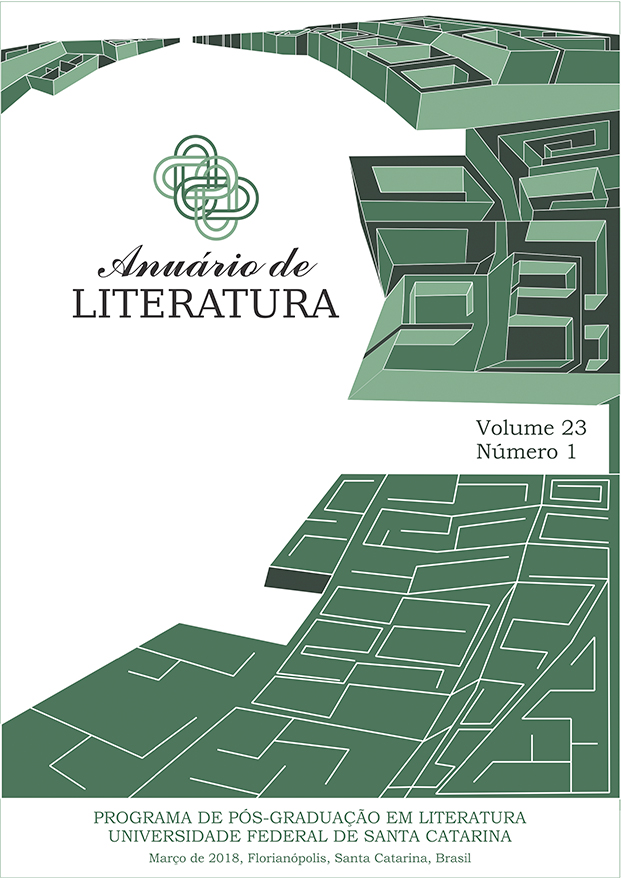Transhuman and Post-human in The Stone Gods: The validation of the standardized body in Jeanette Winterson’s dystopia
DOI:
https://doi.org/10.5007/2175-7917.2018v23n1p154Abstract
The Stone Gods (2012), written by Jeanette Winterson, presents a dystopian narrative space of the past, where the inhabitants of the planet Orbus, practically destroyed by human interventions, live for the genetic transformations and aesthetic improvements of their beautiful and young bodies. At the same time, there is a technological advance in the development of robots, being the most representative the sapiens robot, which is extremely intelligent and beautiful and with physical human characteristics. Thus, there are bodies distinct materially, however, visually similar from an ideal standard of beauty that encourages the change of bodies as a way of social adaptation. In this paper, we will analyze the relationship between body and technology, and what is the implication of those discussions for the studies of transhumanism and post-humanism from the altered bodies of the characters and the consequences of these alterations when thinking about the creation of an ideal body that promotes an erroneous idea of perfect health through technological interference.Downloads
Published
How to Cite
Issue
Section
License
This journal provides open access to all of it content on the principle that making research freely available to the public supports a greater global exchange of knowledge. Such access is associated with increased readership and increased citation of an author's work. For more information on this approach, see the Public Knowledge Project, which has designed this system to improve the scholarly and public quality of research, and which freely distributes the journal system as well as other software to support the open access publishing of scholarly resources. The names and email addresses entered in this journal site will be used exclusively for the stated purposes of this journal and will not be made available for any other purpose or to any other party.

Este trabalho está licenciado com uma Licença Creative Commons - Atribuição 4.0 Internacional.


